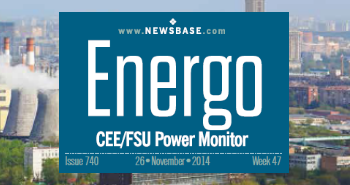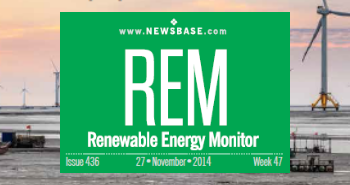COMMENT: Russia coal mine explosion also highlights environmental tragedy

A methane explosion killed 52 people at a coal mine in Siberia on November 25th. This was Russia’s worst mining accident since another methane blast in 2010, which killed 91 miners. Survivors of the recent blast have been clear that methane concentrations were known to be at dangerously high levels, but as one miner commented, “The air was bad for many weeks. The bosses just said: “go.” They just needed coal.”
Methane is an integral part of Russian underground coal mines and its dangers are well known. Methane is embedded in coal seams, and seeps through the mineshafts, leaking into the atmosphere the whole time that coal is mined. Methane leaks before mining begins, as coal mines are intentionally drained of explosive methane to enable mining to safely start. Methane continues to leak for decades after mining has stopped as the gas keeps permeating through the disused mine shaft into the atmosphere.
Methane is seen by Russian coal mining companies as a dangerous nuisance, which must be vented from the mine as quickly as possible. This is a fundamentally incorrect approach from both safety and economic perspectives. For deeper mines, ventilation alone is insufficient. Mines must first achieve substantial reductions in total methane release by pre-draining the methane from the coal seam, which is known as “degasification”. This is an expensive and time-consuming upfront cost, but as the fatal tragedies show, it simply cannot be ignored.
Coal mines have the option to capture methane from this degasification and use it to generate electricity either for their own operations or to sell to the grid. With the current high energy prices this can make clear financial sense. This also reduces the need for ventilation and work stoppages caused by dangerous levels of methane for human health and explosion risks (blasts occur at methane concentrations of 5-15%).
Apart from local economic, production and safety benefits, the capture and utilisation of methane has massive global benefits. According to the International Energy Agency (IEA), Russia’s mining sector at 5.7mn tonnes is the second-largest emitter of coal mine methane after China, with a short-term climate impact equivalent to 490mn tonnes of carbon dioxide. Across the world, coal mines leak a similar amount of methane as both gas and oil, and the short-term climate impact of this is equal to all of the EU’s CO2 emissions, according to Ember’s own research.
Russia’s coal methane leaks are a massive problem for the climate. However, there is major international momentum on reducing methane leaks. In Europe, new legislation is being drafted which proposes strict measures to reduce coal mine methane leaks, including from coal imported into the EU from countries such as Russia.
China recently announced it is proposing a new strategy to reduce methane emissions, specifically from coal. The US spearheaded the Global Methane Pledge at COP26, whereby more than 100 other countries have committed to reduce total methane emissions by 30% by 2030. In Russia itself, President Vladimir Putin has also committed to reducing methane emissions without providing specific dates.
By developing policies for promoting the capture and utilisation of coal mine methane, Russia can provide coal mines with the resources and incentives to reduce the methane concentrations in their mines whilst utilising a valuable resource to generate electricity. It is a win-win for Russia and the climate.
Russia lags well behind other countries in methane practices. Research from the Clean Air Task Force suggests that only 25% of mines in Russia have installed degasification systems and this is one of the key reasons for explosions such as the recent tragedy in Siberia. The Vorkuta mines in the Pechora Basin in Russia’s extreme north are the only sites where coal mine methane (CMM) is utilised on an industrial scale.
If all of Russia’s coal mine methane emissions could be recovered and used, there would be a potential value of hundreds of millions of dollars. The IEA has calculated coal mine methane has a bigger impact on climate change than global shipping and aviation combined, and Ember’s new analysis released at COP26 shows the short-term climate impact is even bigger.
The latest science shows that methane in its initial years in the atmosphere is 86 times more harmful than carbon dioxide. At that level of destructiveness, coal mine methane’s short-term climate impact is greater than the EU’s overall carbon emissions and slightly more than twice Russia’s total greenhouse gas (GHG) emissions.
While many of the challenges of addressing the climate emergency can seem unrealistic with today’s technologies, CMM capture and utilisation makes clear economic sense right now in addition to preventing future tragedies.
-
Ember is an independent climate and energy think-tank focused on accelerating the global electricity transition from coal to clean energy.



Follow us online